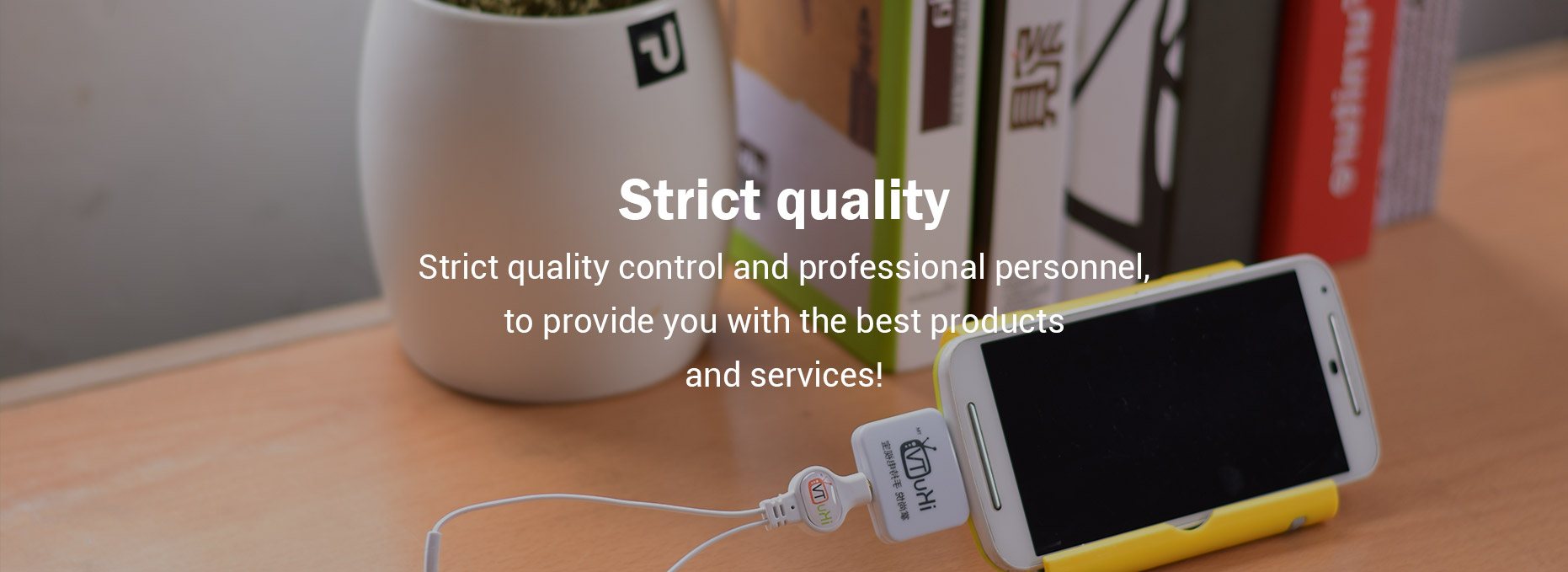Key Considerations for Continuous Casting Tundish Lining Purchases
With the growing demands of the steel manufacturing industry, selecting the right materials for continuous casting processes is crucial. One of the pivotal components in this manufacturing cycle is the continuous casting tundish lining. As experts weigh in on various aspects, it becomes evident that there are essential considerations to keep in mind when purchasing these linings.
Want more information on Continuous Casting Tundish Lining? Feel free to contact us.
Material Quality and Resistance
According to Dr. Emily Foster, an industry consultant with over two decades of experience, “The choice of materials for your continuous casting tundish lining cannot be overstated. High-quality refractory materials that offer excellent thermal resistance and minimal wear are essential for optimal performance.” This points to the importance of selecting linings that can withstand extreme conditions, thereby prolonging their lifespan and improving operational efficiency.
Customization and Compatibility
James Liang, a production manager at a leading steel mill, emphasizes the need for customized solutions: “Every production line is unique. Thus, tundish linings should be tailored to fit the specific operational demands and processes of your equipment.” This customization ensures better synergy between the lining and the continuous casting process, thus reducing the risk of defects.
Assessing Supplier Expertise
Choosing the right supplier plays a vital role in the success of your continuous casting tundish lining purchases. Karen Smith, a procurement specialist, advises buyers to “thoroughly research and assess the expertise of potential suppliers. A supplier with extensive experience in the field can provide valuable insights into product selections and enhance the overall buying experience.”
Cost-Effectiveness versus Quality
While pricing is often a primary concern, balancing cost and quality is critical. Michael Zhou, a financial analyst in the metallurgical industry, states, “Opting for the cheapest option can lead to higher costs in the long run due to frequent replacements and decreased efficiency.” This highlights the importance of making informed decisions that consider long-term operational costs in relation to initial purchase price.
Maintenance and Upkeep
Ongoing maintenance is another consideration that cannot be overlooked. According to Sarah Johnson, a maintenance engineer, “Understanding the maintenance requirements and lifespan of your continuous casting tundish lining is essential. Some linings require more frequent inspections and replacement, which can impact production schedules.” Knowing these maintenance needs can help in planning and scheduling production cycles more efficiently.
Environmental Impact and Regulations
Lastly, compliance with environmental regulations is increasingly becoming a focal point for manufacturers. Tom Richards, a sustainability expert, notes, “When selecting tundish linings, it’s important to consider the environmental implications and how they align with industry regulations.” This consideration can also influence operational practices and corporate responsibility goals.
In conclusion, investing in the right continuous casting tundish lining involves careful analysis of materials, customization, supplier expertise, maintenance needs, and regulatory compliance. By taking these factors into account, manufacturers can significantly enhance their production efficiency and ensure long-term success in their operations.
Contact us to discuss your requirements of refractory lining. Our experienced sales team can help you identify the options that best suit your needs.



Comments